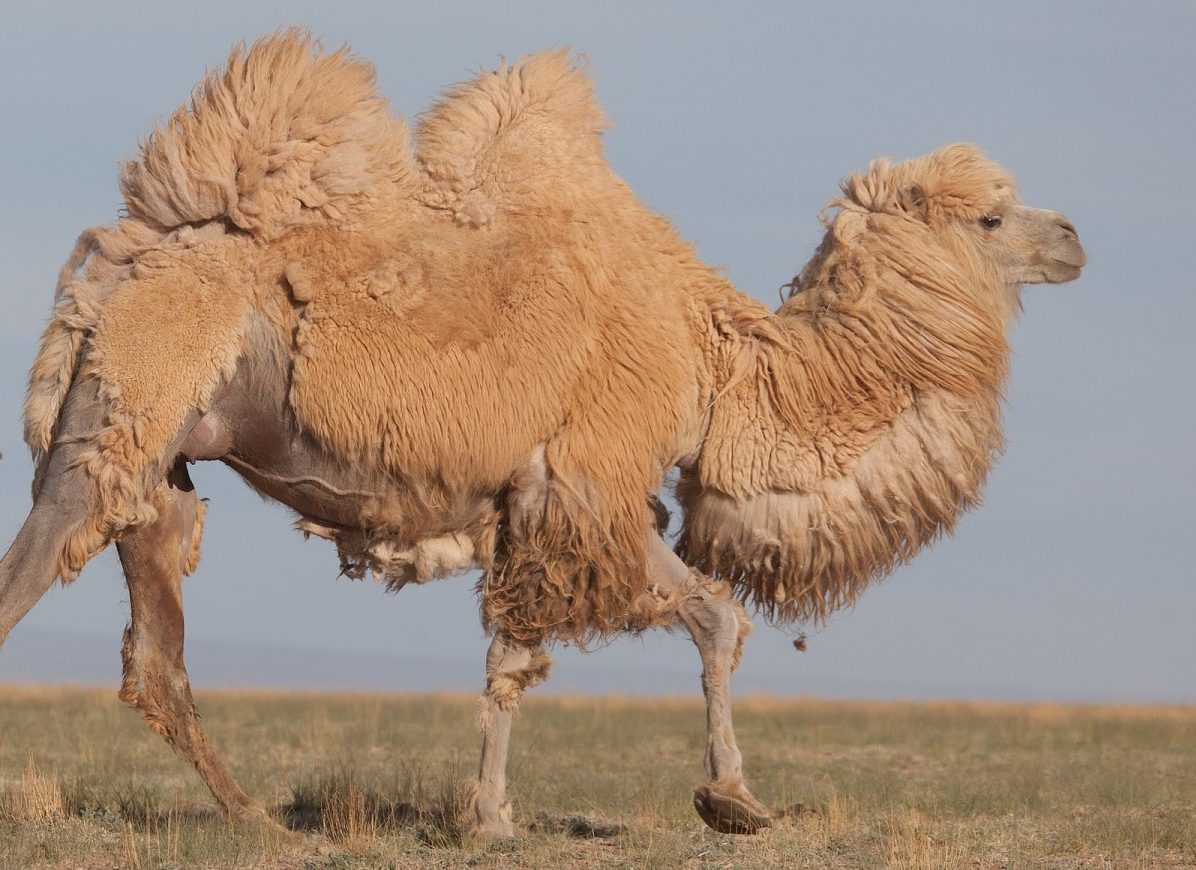
Mongolia
- Habitat distribution in their country, consists of grassland, shrubland and forest covering 55 percent of the country, while forest cover is 98 percent in the steppe zone[clarification needed], 36 percent is covered by desert vegetation.
Initially suggesting a 100% protected national park across the country (in 1990 on its independence), it was then suggested that they should aim for 30%. The achievement so far has been of the order of 13.8 percent covering an area of 215,200 square kilometres (83,100 sq mi) spread over 60 protected areas (so far from the target, but much of the country is unused, suggesting that there is still space to extend protected areas enormously.
There are a wide array of species which need to be protected with 139 species of mammal and 448 species of bird
Some of the more noteworthy mammal species include gray wolves and Siberian ibex, as well as more endangered species such as the wild Bactrian camel, the snow leopard, the Gobi bear, (rarest and unique to the desert region), the takhi (both wild and domestic types of horses) and the Asiatic wild ass (the largest numbers in the world are found in the Gobi desert). There are also many birds of great interest. Over time, these links below will be fleshed out, into pages of their own.
There are four categories of protected areas:
- strictly protected areas (prohibiting hunting, logging and development with no human habitation as the defined areas are very fragile)
- Bogd Khan Uul Biosphere Reserve (established in 1966 covering 67,300 hectares (166,000 acres) including buffer and transition areas)
- Great Gobi Reserve (established as a reserve in 1975 and as a biosphere reserve in 1990 covering 985,000 hectares (2,430,000 acres)),
- Uvs Nuur Basin Reserve (established 1997 and covering 810,233.5 hectares (2,002,131 acres))
- Dornod Mongol Biosphere Reserve (designated in 2005 and covering 8,429,072 hectares (20,828,690 acres))
- Khustain Nuuru Reserve (established in 2003 covering 50,600 hectares (125,000 acres)). They are all under the UNESCO Man and the Biosphere Programme.
- Otgon Tenger Mountain in the strictly protected reserve
- Khasagt Khayrkhan (27,400 hectares (68,000 acres)
- Khukh Serkhiin Nuruu (65,900 hectares (163,000 acres))
- Khan Khentii Uul (1,227,000 hectares (3,030,000 acres))
- Otgon Tenger Reserve (95,500 hectares (236,000 acres))
- Numrug (311,200 hectares (769,000 acres))
- Mongol Daguur Biosphere Reserve (103,000 hectares (250,000 acres))
- Gobiin Gurvan Saykhan (2,171,737 hectares (5,366,480 acres))
- Khovsgul Nuur (838,100 hectares (2,071,000 acres))
- Khorgo Terkh Zagaan Nuur (77,267 hectares (190,930 acres))
- Gorkhi Terelj (286,400 hectares (708,000 acres))
- Altai Tavan Bogd National Park
- Tsambagarav Uul National Park
- Khustain Nuruu National Park
- Lake Khövsgöl National Park
- Southern Altai Gobi National Park
National reserves
- Ugtam Uul (46,160 hectares (114,100 acres))
- Lkhachinvandad Uul (58,800 hectares (145,000 acres))
- Bulgan Gol (7,700 hectares (19,000 acres))
- Sharga and Mankhan (316,900 hectares (783,000 acres))
- Khustain Nuruu (49,940 hectares (123,400 acres))
- Nagalkhan Uul (3,000 hectares (7,400 acres))
- Batkhan Uul
- Gun-Galuut Nature Reserve
- National monuments
- Eej Khairkhan (22,500 hectares (56,000 acres))
- Bulgan Uul (1,800 hectares (4,400 acres))
- Togoo Tulga Uul (1,665 hectares (4,110 acres))
- Naiman Nuur (11,500 hectares (28,000 acres))
- Ganga Nuur (32,860 hectares (81,200 acres))
the national parks, with their historical and educational interest providing for ecotourism in identified areas and with limited access to the local nomads for fishing and grazing
Natural and historic monuments with restricted developmental activities
- Eej Khairkhan (22,500 hectares (56,000 acres))
- Bulgan Uul (1,800 hectares (4,400 acres))
- Togoo Tulga Uul (1,665 hectares (4,110 acres))
- Naiman Nuur (11,500 hectares (28,000 acres))
- Ganga Nuur (32,860 hectares (81,200 acres))










